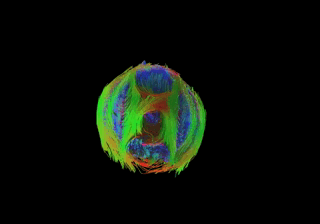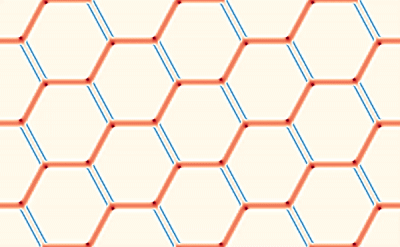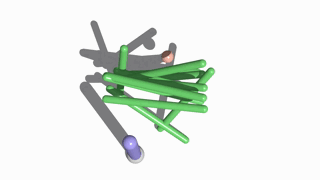Research
Mechanics of Musculo(skeletal) Structures

My current research is on using Cosserat rods, which are slender, 1-dimensional rods that can stretch, bend, twist and shear. I am working on the CyberOctopus project where we are using Cosserat rods to model the musculo (but not skeletal!) biomechanics of octopus arms. I am working on the development of the numerical solver Elastica, which is used to perform this simulations. Long term, I believe this modeling approach holds great promise to improve our ability to understand how fibrous tissues are organized and how this organization gives rise to their functional capabilities.
Skeletal Muscle dMRI

I am also working on computational modeling of diffusion-weighted magnetic resonance imaging (dMRI) in fibrous tissue, with a particular focus on skeletal muscle. I have developed numerical models how dMRI is influenced by a tissues microstructural environment, characterized the sensitivity of this signal to microstructural changes, and developed data-driven inverse models that predict microstructural parameters from dMRI images. Learn More.
Bio-inspired and Neuromorphic Control of Soft Robots

I am exploring how learning-based, bio-inspired, and neuromorphic control techniques can be combined with the compliant physics of a soft robot to improve control. A soft robot’s infinite degrees of freedom often frustrate traditional control techniques. Use of learning-based techniques such as reinforcement learning allow us to avoid having to explicitly model these compliant dynamics with the RL algorithm instead implicitly learning a control policy. Bio-inspired and neuromorphic control extends this by adopting strategies evolved by biological creates to solve this challenge.